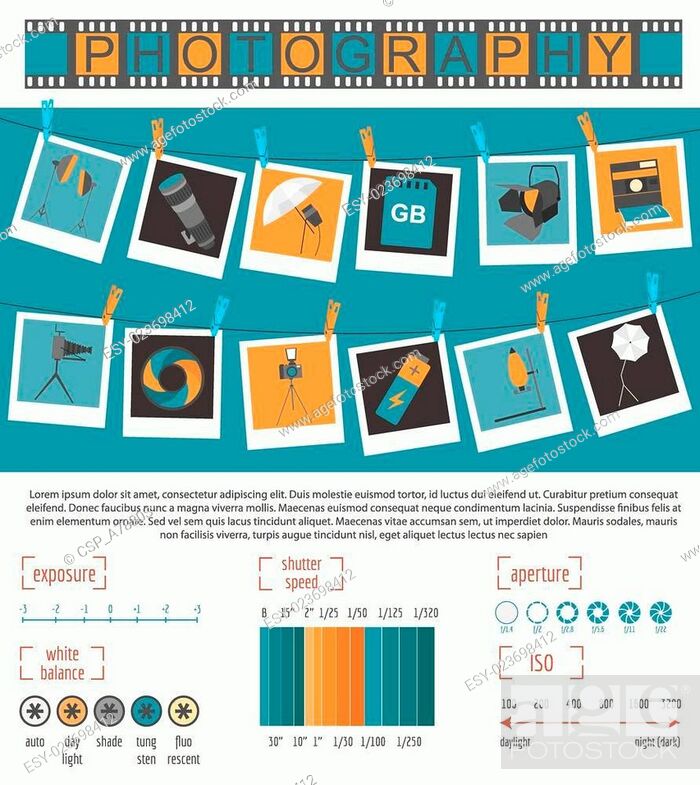What Every Professional Photographer Ought To Find Out About Illumination
What Every Professional Photographer Ought To Find Out About Illumination
Blog Article
Post By-Futtrup Ibrahim
As a professional photographer, you know that lights can make or break your images. Comprehending the subtleties of both natural and fabricated light is essential for recording the mood and clarity you go for in your work. Whether you're going after the perfect gold hour glow or tweak your artificial setups, mastering these elements can elevate your photography dramatically. Yet there are common challenges that numerous ignore, and identifying them can change your method to every shoot. Allow's discover what you may be missing and how it can influence your outcomes.
Understanding All-natural Light
Recognizing natural light is critical for any photographer seeking to boost their job. It's the foundation of fantastic digital photography, influencing mood, tone, and quality. When you fire outdoors, focus on the time of day. The golden hour-- shortly after sunup and before sunset-- offers soft, warm light that can transform regular scenes right into spectacular photos.
Don't ignore the power of overcast days. https://blogfreely.net/daina2adell/imaginative-ways-to-market-your-photography-solutions diffuses sunshine, creating a soft, also light that's best for pictures and macro photography. You'll locate colors pop in this sort of illumination without severe darkness.
Positioning matters, too. Constantly consider your topic's alignment to the light source. If the sun's behind your topic, you might end up with a shape, which can be dramatic however mightn't be what you desire. Conversely, direct sunshine can produce unflattering shadows.
Trying out angles; in some cases, altering your point of view can generate fantastic outcomes. Use https://blogfreely.net/mayolamalisa/comparing-popular-cameras-which-one-is-ideal-for-you-3y0p , like water or sand, to jump light onto your subject, including measurement.
Mastering Artificial Light
Understanding man-made light is essential for photographers who intend to take their skills to the next level. Whether you're utilizing speedlights, studio strobes, or constant lights, recognizing how to adjust these sources can drastically boost your images.
Beginning by acquainting yourself with the basics of light high quality, direction, and shade temperature level. Explore different modifiers like softboxes, umbrellas, or grids to regulate the gentleness or violence of the light.
You'll locate that soft light typically develops flattering results, while harsher light can include drama and deepness. Don't shy away from shadows; they can boost the three-dimensionality of your topics.
Pay very close attention to the positioning of your lights. A light positioned also near your topic can create unflattering outcomes, while also far can lead to a lack of detail. Utilize a light meter or your electronic camera's histogram to ensure you're revealing appropriately.
Finally, bear in mind that man-made light can be mixed with ambient light for innovative impacts. Balancing these resources might take practice, but once you grasp it, your photography will genuinely radiate.
Strategies for Different Scenarios
When you step into various shooting situations, adjusting your lighting techniques is vital for catching the best pictures. For outside portraits, make use of the golden hour-- early morning or late afternoon light-- to soften shadows and boost skin tones.
If it's a rough lunchtime sun, think about using a reflector to jump light back onto your topic or look for shaded locations for a more even exposure.
In low-light situations, like interior occasions, boost your ISO and utilize a vast aperture to let in even more light. A tripod can help remove cam shake, permitting longer direct exposures without obscuring.
If you're contending night, explore off-camera flash to produce dynamic lighting and depth in your pictures.
For product digital photography, make use of diffused illumination to prevent severe reflections. Softboxes or light outdoors tents can help accomplish this result.
When photographing landscapes, take into consideration the direction of light and time of day, as it can considerably change the mood of your shot.
Constantly be ready to adjust your setups and placing based upon the circumstance, as versatility is essential to understanding illumination in photography.
Verdict
To conclude, grasping lights is crucial to elevating your digital photography abilities. Embrace natural light's charm throughout gold hour, and don't avoid try out synthetic light methods. By adapting your strategy to various situations, you'll catch sensational images that reverberate with emotion and clearness. Remember, the right lighting can change an average shot into something extraordinary, so maintain practicing and improving your understanding of both all-natural and man-made light. Happy shooting!
